How to combine this online course with live discussions
The members of the same work group (whether a department, task force, project group, cross-functional team, or process improvement team) will gain extra benefits from taking any of our online courses AS A GROUP. Rather than members of an organization taking our online courses separately and thus independently, learning key principles and practices with your workplace colleagues will not only enhance what every member learns from our online courses, but will also make it much easier to apply what is learned back on the job—where it counts.
Basically, when all group members (1) learn the same language and the same concepts, (2) review the same assessment tools and their personalized results, (3) analyze and discuss the same business cases, and (4) follow the same guidelines for effective behavior—BECAUSE all these principles are fully shared in the group, they are more likely to be put into practice when challenging problems and conflicts appear in the workplace.
On this page, I outline how a work group can take full advantage of all the valuable materials in the Culture Management Course. The unnumbered paragraphs describe what members are asked to do on their own, such as watch the course videos, take assessment tools, or complete work sheets in their course manual. Meanwhile, the numbered paragraphs provide the detailed steps for learning the material through face-to-face or virtual group meetings. Depending on the unique circumstances and needs of each group, this process for blended learning can be adjusted or expanded.
THE DETAILED STEPS
On their own, group members watch the first few video sections in the course, which cover pages 1 to 17 in the Course Manual for Culture Management. Next, members watch my overview of the Work Sheets for Identifying Culture-Gaps (pages 19 to 40). Members then complete just the first part of the Work Sheets (pages 19 to 36), which allows each member to itemize his perceptions of the ACTUAL NORMS that are currently operating in the work group as well as the DESIRED NORMS that would help to improve performance and satisfaction—which thus define the group’s culture-gaps. When members have completed their lists of actual and desired norms, the group convenes for a sixty-minute meeting to discuss these items:
1. As a group, members review the instructions on page 18 (Group Discussion on Identifying Culture-Gaps), appoint the Process Observer (who makes use of the PO Form on pages 41 to 44 in the manual), and then plan how the meeting will be conducted. Next, each member shares his or her list of norms on pages 21 to 36. Naturally, it depends on the group’s plan whether all actual norms are first shared before sharing all the desired norms, or if each pair of actual and desired norm is presented as a unit—before going on to the next culture-gap.
2. The group discusses and then lists its five to eight largest culture-gaps on page 37.
3. Group members then design their sanctioning system on pages 38 and 39 of the manual, which will help them close their largest culture-gaps. And on page 40, the group considers how to ensure that it, in fact, will USE its sanctioning system back on the job.
4. Toward the end of the group discussion, in five to ten minutes, the PO shares his or her assessment of how well the ten principles of group process were applied during the meeting (including what improved, stayed the same, or became worse since the last meeting). The group as a whole then discusses how it will improve its group process the next time it meets.
On their own, group members watch the video section on the Kilmann-Saxton Culture-Gap® Survey and then take the survey on pages 45 to 55, score their responses on pages 56 to 57, and graph their results on pages 58 and 59. Also on their own, group members view the video section on Defining Four Culture-Gaps on pages 73 to 82, the video section on Problem Management and Culture-Gaps on pages 83 to 87, and the video section on Work Sheets for Closing Culture-Gaps on pages 89 to 96. (When members have a chance, they might find it worthwhile to review the interpretive materials on pages 64 to 72 of the Culture-Gap Survey.) The group then reconvenes for a sixty-minute meeting to discuss these items:
5. As a group, members review the instructions on page 88 (Group Discussion on Closing Culture-Gaps), appoint the Process Observer (who makes use of the PO Form on pages 41 to 44), and then plan how the meeting will be conducted. After discussing the four culture-gaps and reviewing the Work Sheets, the members calculate and graph their group’s Culture-Gap Profile on page 90 and then follow the steps of problem management on the rest of the Work Sheets. On page 96, they consider how to expand the use of their sanctioning system in order to close their largest culture-gaps.
6. Toward the end of the group discussion, did the group remember to receive and discuss its PO’s feedback? If not, why is this vital step not yet internalized in the group’s culture? Does the group also forget to use a PO back in the workplace? If so, what additional safeguards and steps can be taken to make sure that the group actively applies the key principles and practices of these online courses?
On their own, group members watch the video section on Kilmanns Organizational Belief Survey and then take the survey on pages 97 to 105, score their responses on pages 106 and 107, and graph their results on pages 108 and 109. Also on their own, group members view the video section on Defining Three Beliefs on pages 119 to 129. (When members have a chance, they might find it worthwhile to review the interpretive materials on pages 112 to 118 of the Organizational Belief Survey.) Next, the group convenes for a thirty-minute meeting to discuss these items:
7. As a group, members appoint the Process Observer (who makes use of the PO Form on pages 41 to 44) and plan how the meeting will be conducted. Group members then proceed to calculate and graph their Group Profile on page 110 and 111 in the manual. The group next discusses the meaning of its results, including the variability in individual scores—and considers why some members have a stronger belief in Internal Control than others. Some time should then be spent on outlining the actions steps for developing a stronger—collective—belief in Internal Control, so the group will enhance its self-empowerment and thus will be more likely to achieve higher levels of improvement.
8. Toward the end of the group discussion, in five to ten minutes, the PO shares his or her assessment of how well the ten principles of group process were applied during the meeting (including what improved, stayed the same, or became worse since the last meeting). The group as a whole then discusses how it will improve its group process the next time it meets. Has the group internalized this process, so these PO instructions are no longer needed?
On their own, group members watch the last video section, Congratulations, which covers page 130 in the manual. At that time, they can test their knowledge of the key principles by taking the optional Final Exam for the Culture Management Course. Although Kilmann Diagnostics does not award a “certificate of achievement,” receiving a score of 88 or more points signifies that members have passed the exam and have thus learned the key principles of the course.
NOTE: The optional Final Exam for every course can be taken as many as five times, since its purpose is to encourage members to learn the material—not to add stress to their life. However, if someone else purchased these courses for the group, the sponsor (for example, the employer) might require group members to pass each exam as an indication that they’ve learned the material. But Kilmann Diagnostics will not share any exam results if a member happens to score less than 88 points on any occasion for any course. We’ll only inform the sponsor when members pass their exams. Click to see Sample Questions on Each Final Exam.




